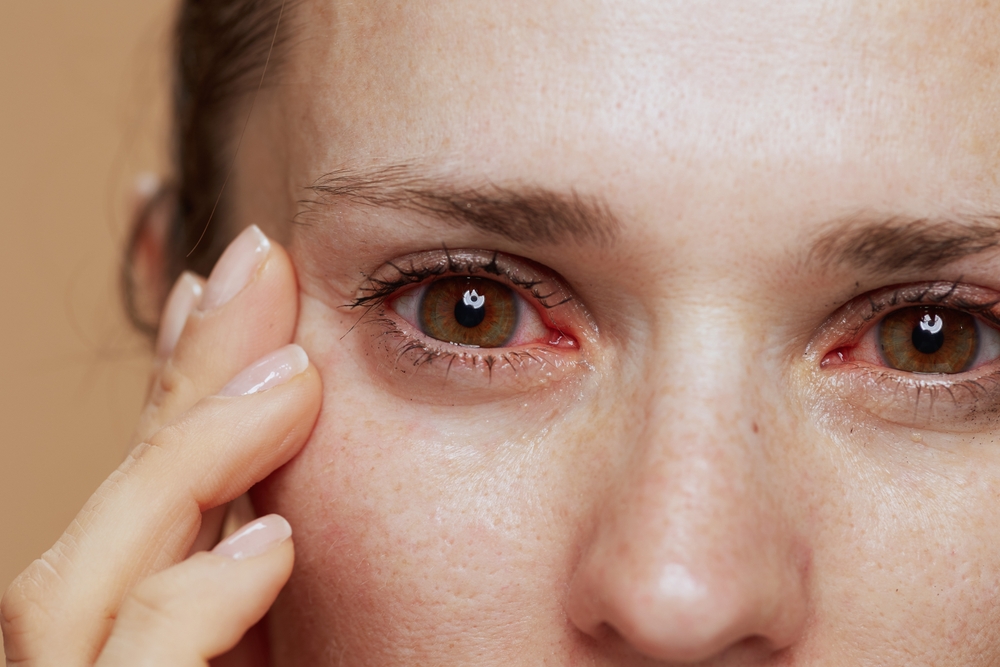
Dry eye syndrome is a common condition that occurs when your eyes do not have enough tears to keep them lubricated and moisturized. It can lead to discomfort, irritation, and even vision problems. This condition can be particularly challenging for individuals who wear contact lenses. When you have dry eyes, wearing contact lenses can exacerbate the symptoms and make it difficult to wear them comfortably. However, with the right strategies and lens selection, wearing contact lenses can be comfortable even with dry eyes.
What is Dry Eye Syndrome?
Dry eye syndrome can be caused by various factors, including aging, eye gland dysfunction, certain medications, hormonal changes, environmental conditions, and underlying health conditions. It can also be a result of excessive screen time, as we tend to blink less frequently when using electronic devices. When you have dry eyes, your tear film is not stable, leading to increased friction between the contact lens and the cornea. This can cause discomfort, redness, and a gritty sensation in the eyes.
Challenges Faced by Contact Lens Wearers with Dry Eye Syndrome
Individuals who wear contact lenses and also suffer from dry eye syndrome face unique challenges. The combination of the dryness and the contact lenses can lead to discomfort, blurred vision, and increased risk of infections. The friction between the contact lenses and the dry cornea can cause the lenses to move around, leading to poor vision. Additionally, the lack of moisture can make it difficult for the lenses to adhere properly to the eyes, resulting in discomfort and irritation.
Additionally, contact lens wearers with dry eye syndrome may experience a decrease in the quality and quantity of tears produced by the eyes. This can further exacerbate the symptoms of dryness and discomfort. The constant exposure to the contact lenses can also lead to a buildup of debris and protein deposits, making the lenses less comfortable to wear. These challenges can significantly impact the daily lives of contact lens wearers, making it essential to find strategies for comfortable wear.
Strategies for Comfortable Contact Lens Wear with Dry Eye Syndrome
Fortunately, there are several strategies that can help contact lens wearers with dry eye syndrome to wear their lenses more comfortably:
- Proper Hydration: Staying hydrated is crucial for maintaining good eye health. Drink plenty of water throughout the day to keep your body well-hydrated, which can help alleviate dryness in your eyes.
- Artificial Tears: Using lubricating eye drops, such as artificial tears, can help moisten your eyes and provide relief from dryness. Choose preservative-free eye drops specifically designed for contact lens wearers.
- Lens Cleaning and Replacement: Proper lens hygiene is essential for comfortable wear. Clean your lenses regularly using a recommended solution and replace them as directed by your optometrist. Protein and debris buildup on the lenses can exacerbate dryness and discomfort.
- Avoid Environmental Triggers: Minimize exposure to environmental factors that can worsen dryness, such as wind, smoke, and dry air. Use a humidifier in your home or office to add moisture to the air.
Types of Contact Lenses Suitable for Dry Eye Syndrome
Not all contact lenses are created equal when it comes to dry eye syndrome. Some types of lenses are better suited for individuals with this condition. Here are a few options to consider:
- Silicone Hydrogel Lenses: These lenses are made from a material that allows for better oxygen flow to the eyes, reducing the risk of dryness and discomfort.
- Daily Disposable Lenses: Using daily disposable lenses can be beneficial for individuals with dry eye syndrome. These lenses are discarded after each use, eliminating the need for cleaning and reducing the risk of protein and debris buildup.
- Hybrid Lenses: Hybrid lenses combine the benefits of both rigid gas permeable lenses and soft lenses. They provide clear vision and allow for better oxygen flow, making them a suitable choice for individuals with dry eyes.
- Gas Permeable Lenses: Gas permeable lenses are designed to allow more oxygen to reach the cornea, reducing the risk of dryness and discomfort.
Schedule Your Consultation with Palo Alto Eyes Optometry Today
If you are experiencing dry eye syndrome and wear contact lenses, it is essential to consult with an optometrist for proper management. An optometrist can assess your eye health, determine the underlying causes of your dry eyes, and recommend appropriate treatment options. They can also help you select the most suitable contact lenses for your condition, ensuring optimal comfort and vision.
If you are experiencing persistent dryness or discomfort, consult with our optometrist for a comprehensive evaluation and personalized recommendations. Visit Palo Alto Eyes Optometry at our office in Palo Alto, California. Please call (650) 321-2015 to book an appointment today.








